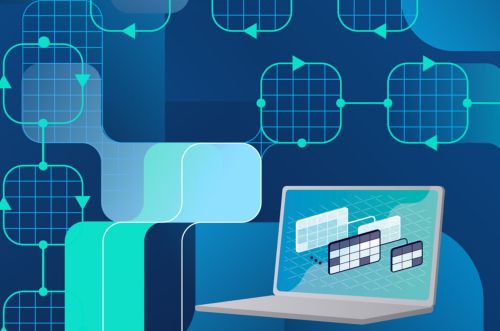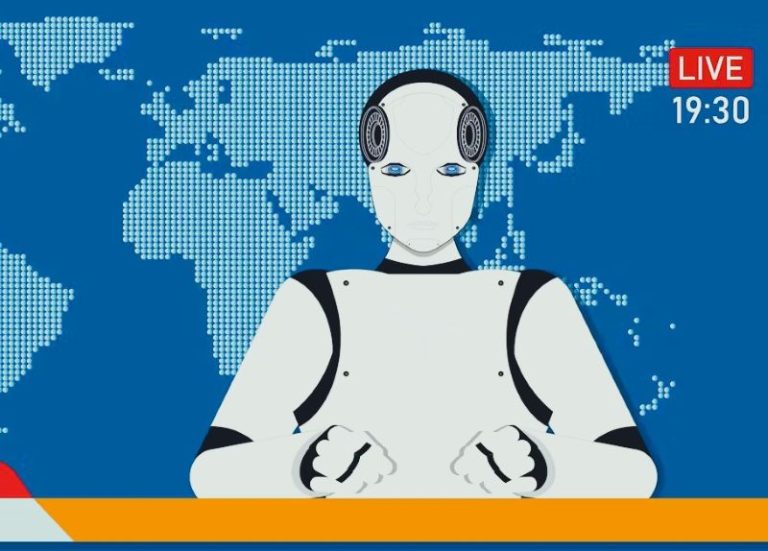

Software has come a long way in their journey of evolution for the past three decades. From simple single-purpose tools to sophisticated multi-functional software with state of the art UI, they evolved as per the growing needs of the customers. Companies who wanted to stay ahead of their competitors often focused on increasing the ease of use of the tools and simplifying the user interface for early adoption of the products. But the growing complexity of the functionalities was also infused into the software for it to provide as much value to customers as they could. With all of these features, functionalities and simplified UI, it became clear that the software testing process must also evolve alongside the development. As the software evolved, manual testing became more and more complex and difficult to keep up with the advanced tools. Hence, automated testing was the solution testers adopted which seemed to work for some time. But as the software became more advanced, even automated testing started becoming inadequate. Hence, the last and the latest solution in the evolution of software testing turned out to be AI-driven testing. By using artificial intelligence in testing, companies can now make sure they deliver a reliable product to the users along with leveraging it for many other benefits.
In this article, we will delve into the journey of software testing from manual to AI along with covering the features and benefits of using AI testing.
Initial Stage: Manual Testing
In the initial stages of software development, testing was entirely a manual process. Testers used to run pre-defined test cases, validate the results and log the defects manually on a quality control platform. Then those results were notified to the respective developers to fix them. This was all a simple process and the benefits associated with this process were:
- Human intuition: Testers were well aware of the requirements and could validate the software behaviour against them. Defects were caught based on human intuition as against any automated process which might miss the errors.
- Better coverage: Testers could test even those scenarios that were not documented in the test cases. From a manual user perspective, testers ensured that the software works even in the unforeseen circumstances by an automated process.
- Simplified process: Manual testing process was much simpler as compared to the automated process. All a tester needed was the pre-documented test scripts, a working software to be tested and a defect logging mechanism.
Although testing software products manually was simple and easy, it started showing limitations with the growing complexity of the product. Manual testing became slow, repetitive and error-prone for testing more sophisticated products. As the software transitioned to client-server architecture and enterprise-grade products, testing needed to become more scalable and faster.
Middle Stage: Automated Testing
The next stage in software testing came with the introduction of automated testing in the late 20th century. At this stage, testing became much easier as compared to the previous stage with faster completion, better coverage and consistency. Few benefits it offered were:
- Cutting time and cost: Automated test scripts could run in minutes as compared to hours of testing needed in the manual process. This resulted in faster completion of test cycle and cutting the cost of the project.
- Reusability: Test scripts once written can be used for multiple versions of the software. This was especially useful in regression testing where the software must be tested for unaffected areas after the software has been upgraded.
- Less dependency on testers: Once the testers have created the test scripts, anyone in the team can run them using an automated testing tool. Hence, the contribution of testers was needed only initially after which the dependency on them was reduced.
Although it was a leap jump from the traditional testing, it came with its own limits. The creation of automated test scripts needed technical expertise. Also, the test cases would break once the software has been introduced with even minor changes.
Final Stage: AI-driven Testing
To address the challenges of automation testing along with the introduction of more fascinating features, AI-driven testing came into popularity in the second decade of the 20th century. Through this, testing became more easy, fast, adaptive and easy to maintain.
Key Features of AI Testing
AI-driven testing has more advanced features when compared to previous versions of testing approaches..
- AI-generated test cases: Most of the AI testing tools come with the in-built features of natural language processing. All you need to do is to provide commands in natural language and the tool, by using GenAI, will generate the test-scripts for you automatically.
- Self-healing mechanism: AI tools are more sophisticated to adapt to the minor changes in the software. The test scripts don’t need to be changed when a field, like button or labels, are updated. The tool is intelligent enough to still identify the updated parameters without manual intervention.
- Predictive analytics: The tool is quite interactive so as to suggest the user with a possible error that may occur in the future. It does so by analyzing the historical defect data and using its predictive algorithm.
Key Benefits of AI-testing
By using the state of art features of an AI tool, the testing process can be enhanced to a much higher level. Below are the direct advantages:
- Better support: An intelligent AI-based automated software testing tool like testRigor works as a companion for quality analysts or testers. They provide suggestions to the users and are quite intuitive to the user commands.
- Better coverage: The tool ensures end to end testing of the product and makes sure the edge cases are not missed.
- Faster release: Most suited for agile development environments where deliveries happen in iterations. Once the development process is done, the product can be released with no delay after testing it automatically.
- Less maintenance: The test scripts can be reused and rerun any number of times – even if the code has been changed. The self-healing and adaptive features of the tool require minimal to no maintenance of the test scripts.
The Path Ahead
Software development trajectory has been quite broad starting from manual to transitioning to automated and AI-driven testing. Although AI testing has resolved many challenges faced by traditional methods, it is still in its infancy. Going ahead we can see autonomous testing agents coming into existence with their hyper-automation capabilities. Even the test script generation would not be needed in the futuristic tools. All that is needed is to integrate the product with the testing tool and it will perform the end-to-end testing on its own. The journey is going to be exciting for the evolution of the quality assurance process. If you have not joined the journey so far, don’t wait anymore to adopt AI in your testing before it reaches the next level. The sooner you join, the more benefits you can reap.


